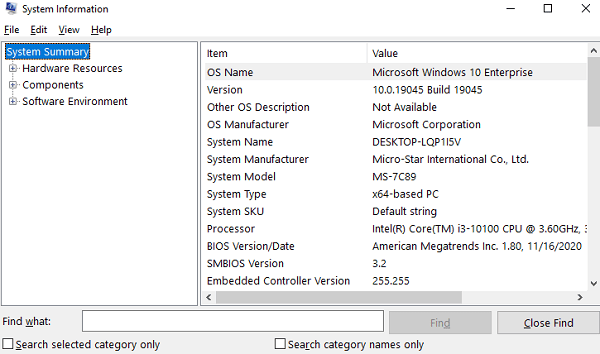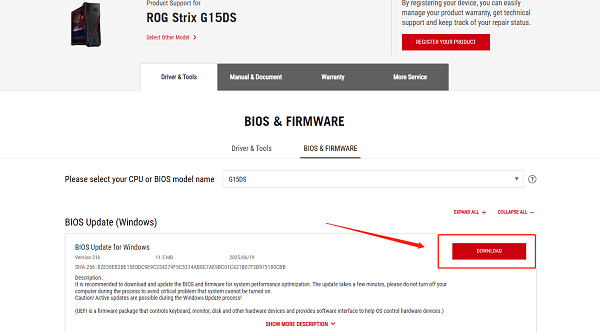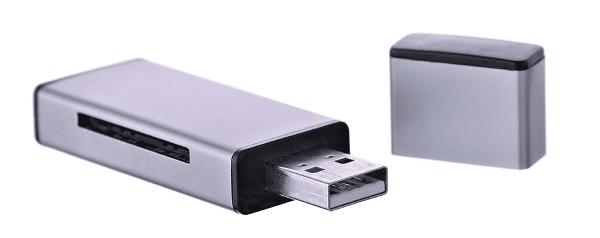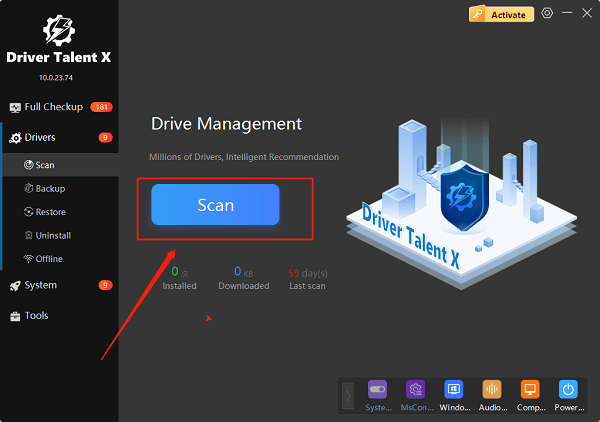
Updating the BIOS (Basic Input/Output System) on your ASUS laptop or desktop can improve hardware compatibility, fix bugs, and enhance system stability.
Whether your device is experiencing startup problems, hardware recognition issues, or you simply want to keep your system up-to-date, this guide will walk you through safe and effective ways to update your ASUS BIOS.
We'll cover two main methods — the official ASUS BIOS update process and how to fix missing or unusable drivers after a BIOS update using Driver Talent X — so even beginners can complete the process without hassle.
Why Update the BIOS on ASUS Devices?
Your BIOS is responsible for initializing hardware and ensuring your system boots correctly. Updating it can:
Improve hardware compatibility
Fix known bugs and errors
Enhance system performance and stability
Support new CPU or RAM upgrades
If you are facing frequent crashes, unrecognized hardware, or performance drops, a BIOS update might be the solution.
Method 1: Update BIOS via ASUS Official Website
Step 1: Check Your Current BIOS Version
Press Windows + R to open the Run dialog.
Type "msinfo32" and press Enter.
In the System Information window, find "BIOS Version/Date".

Step 2: Download the Correct BIOS File
Go to the ASUS Support Website.
Enter your device model (e.g., ASUS ROG Strix G15, ASUS TUF Gaming F15).
Navigate to "Driver & Tools" > "BIOS & Firmware".

Download the latest BIOS file for your system.
Step 3: Update the BIOS
Extract the downloaded BIOS file to a USB flash drive (FAT32 format).

Restart your computer and press the appropriate key (usually F2 or DEL) to enter the BIOS setup.
Use the EZ Flash Utility inside BIOS to locate the file and update.
Follow the on-screen instructions, then restart your PC after the update completes.
Method 2: Fix Drivers After BIOS Update with Driver Talent X
Sometimes after updating the BIOS, certain hardware drivers may stop working or become incompatible. This can lead to problems like no sound, missing network connection, or malfunctioning peripherals. Driver Talent X can quickly detect and reinstall these drivers to restore full functionality.
Download and install Driver Talent X by clicking the "Download" button.
Open the program and click "Scan" to check your system for outdated, missing, or corrupted drivers.

Locate the drivers that need to be updated (such as audio, network, or chipset drivers).
Click "Upgrade" to automatically download and install the correct versions.
Restart your computer to apply the updates and ensure all devices work properly.
Tip: After a BIOS update, updating chipset drivers first can help ensure better hardware compatibility.
Frequently Asked Questions (FAQ)
Q1: Why do some drivers stop working after a BIOS update?
A1: A BIOS update can change hardware initialization or settings, causing older drivers to become incompatible with the updated firmware.
Q2: How can I prevent driver issues after a BIOS update?
A2: Before updating BIOS, make a backup of your existing drivers or be prepared to use tools like Driver Talent X to reinstall them.
Q3: Does Driver Talent X work for both laptops and desktops?
A3: Driver Talent X only supports Windows-based ASUS laptops and desktops for driver scanning and updates.
Conclusion
Updating the BIOS on your ASUS laptop or desktop can boost performance, fix bugs, and improve hardware support. However, it may also cause some drivers to stop working.
In such cases, Driver Talent X is a reliable solution to quickly reinstall and update drivers, restoring your system's stability and functionality.
See also:
Solutions for Realtek Sound Driver Issues on Windows 10
Brother MFC-7860DW Printer Driver: Download & Installation Guide
Network Connection Problems on Windows? Try These Fixes









